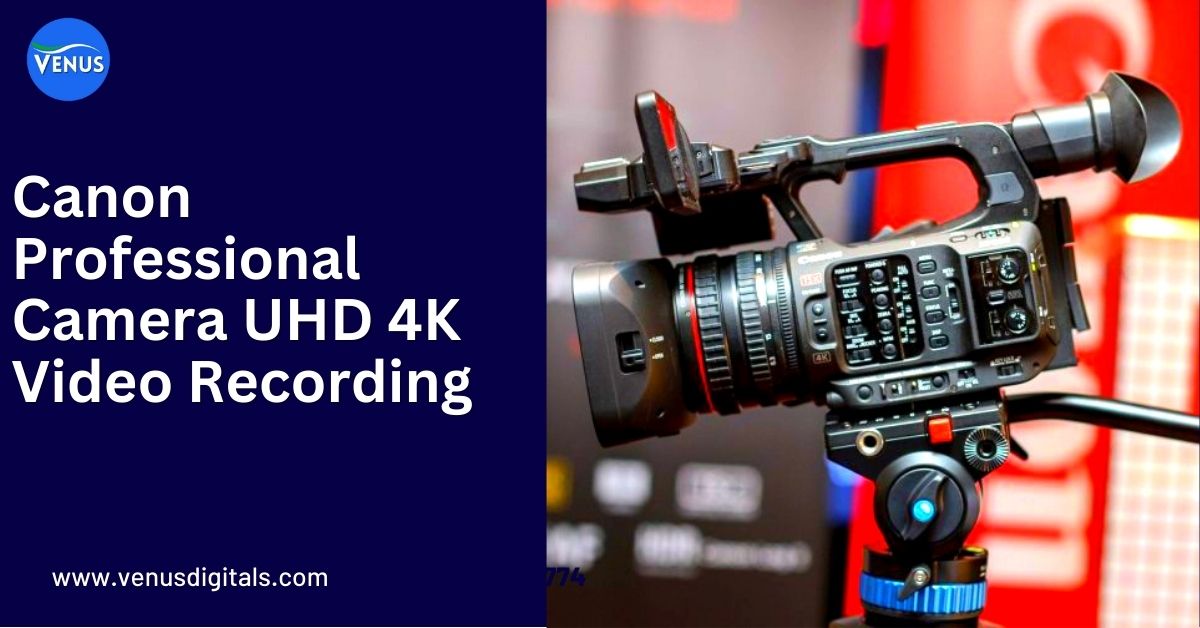What are video walls?
A video wall is a collection of screens that have been tiled together to form one large display. This can then be used to present content such as videos, images or even different types of data.
The number of screens brought together can vary depending on your needs. For example, you may only need a 2×2 presentation (2 screens wide by 2 screens tall) or you may want to cover an entire wall with a vast digital display.
Video walls offer flexibility in the content you display. You can take one input and show this input across the entire video wall. For example, an advertisement like the one shown in the image below on a 2×2 video wall.
Train station video wall render
Alternatively, you can use a video wall controller in order to feed multiple inputs onto your video wall to show different content on different panels. For example, you could show different data dashboards or CCTV inputs
A wide variety of industries use video walls to convey information to a large number of people, whether that be customers or employees, such as:
- Retail
- Control rooms
- Education
- Government and public sector
- Military
- Healthcare
In a retail store, a video wall could display a video of your new product covering the entire display, while in a control room different types of data could be shown on each screen for your employees. With their size and impressive displays, your information can be communicated quickly and clearly. Regardless of the location, video walls are an effective tool for showcasing your desired message and will have a memorable impact on your audience.
What are the benefits of video walls?
How can video walls help promote your brand?
This technology can be used in a variety of environments to effectively communicate important information and to increase engagement with brand and product messaging.
With the large-format nature of the display, video walls are eye-catching and can engage a large audience at once.
This could mean impressing your visitors in the reception of your building while serving important news and health and safety reminders. In a retail store or shopping mall, the video walls could be used to promote new products and sales. Food and drink vendors in arenas could use video walls to showcase menu items and highlight product promotions.
Outdoor video walls, in particular, are expected to grow in popularity significantly over the next few years as the demand for outdoor digital advertising grows.
Internal communications and engagement
Video walls are an effective outlet for internal communications too. Many organisations use video wall displays in control rooms, command centres and simulation rooms. The size of the display allows for large amounts of data from different sources to be communicated quickly to a room full of employees. As new information becomes available the entire workforce can react as a unit. The increased collaboration can help you to hit deadlines and respond effectively to situations as they arise.
Long lifetime and low maintenance
Another benefit of video walls is that they require very little maintenance and are designed for long-term usage. Compared to an alternative, such as a projector, a video wall will last much longer and see less degradation in brightness and picture quality over time.
The life expectancy of a video will vary depending on how long it is used, if features like brightness are turned up to maximum and if the display is an LED or LCD. The average lifespan of an LED video wall is 100,000 hours while an LCD is expected to last around 50,000 hours.
What are the types of video walls?
There are two types of video walls – LCD video walls and LED video walls. Deciding which option to go for is your first step in selecting the video wall you wish to invest in.
We’ll cover the main differences below, but for a more detailed breakdown of the differences between LED and LCD video walls, please see this article.
The difference in technology
LCD video wall panels use Liquid Crystal Display (LCD) technology. LCDs are not light-emitting, which means that they have backlights (normally LED) behind the glass to illuminate the display.
LEDs use light-emitting diodes as individual pixels across the entire display. Each LED acts as a tiny bulb that emits colour when electrically engaged. There is no need for a backlight because the LEDs produce light while producing the image. The technology can be referred to as Direct View LED.
Neither option is universally better than the other. Which technology you select depends on your environment and needs. The main factors that will affect your choice are:
Brightness and environment
In terms of overall brightness LED screens are able to offer a higher level. This is because LED screens can be used in outdoor environments, therefore they need a high brightness for content to be readable in sunlight. LED panels will go up to 6,000 nits in brightness. As LCD video walls are designed for indoor environments, they do not require high brightness levels and therefore range at around 500 nits or 700 nits.
Size
The size you want your video wall to be will be a factor in determining which screen type best suits your needs. LED walls can be scaled to a huge area. Think about the size of the outdoor LED walls you might see running advertisements on city buildings, like in Times Square in New York, or at stadiums and arenas. LCD panels can be tiled together to create a large display wall too, such as a configuration of 18×6 panels for a control room. Yet, LCD has a limit, whereas LED walls are pretty limitless when it comes to size.
Cost
We’ll go into more detail about the cost of a video wall project later in this guide. Generally speaking, an LED video is much higher in cost. On average, you would consider a budget of around £5,000 or $6,000 for the lowest specification LCD video wall panels in a 2×2 set-up. Whereas, at the lowest end of LED, you would be looking at around £40,000 or $50,000 for an average project.








Leave a comment